COPIER FEATURES | 5 MIN READ
Looking for information on copier features? In today’s business environment, technology needs are constantly evolving, and every industry operates differently. Popular features to consider are speed, scanning, type of printing, staple, hole punch, and follow-me-printing. So, how do you know which options and features to choose when selecting your copier?
You should evaluate your individual needs and decide based upon what’s most important to maximize your productivity. Copier purchase decisions should be based completely on the goals your company has set, as well as the volume requirements required.
Not a lot of time? Jump to something specific:
Printer Speed
Copier Scanning Features
Copier File Format Options
Media Type Considerations
Hole Punch and Staple Finishers
Older Technology with a Purpose
Follow-Me-Printing
More Features to Consider
Printer Speed

When trying to decide on the appropriate speed for your multifunction copier you should consider volume and number of users printing to the machine. If you have a small office with low volume, then a slower print speed will suffice.
If you have a large office with high volume, then you want faster printing speed. Nothing is more annoying than going to retrieve your print job from the copier and waiting in line for other print jobs to complete before you can get your documents.
In addition, each speed segment has a recommended monthly volume. If your copier is running more volume than it's rated for, you'll have more service calls than normal. Selecting the correct speed will help to eliminate any future headaches.
RELATED: What is a Multifunction Printer?
Copier Scanning Features
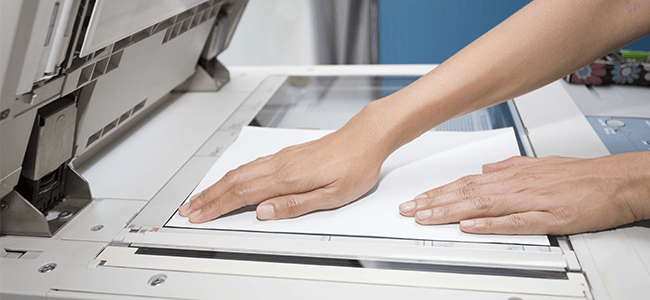
One of the most important features to consider with today's technology is scanning. Scanning has become more essential then ever, and in many cases, scanning has eliminated the need to fax.
Copiers have a verity of options to choose from for scanning. If you scan files with several pages you might want to consider a copier that has a larger document feeder with faster scanning speed.
If you scan double-sided files you might want to consider a copier with a duplexing automatic document feeder (DADF). This increase scan speed by scanning both sides at the same time versus a reversing automatic document feeder (RADF) which scans one side of a page, then flips it and scans the other side of the page.
Copier File Format Options
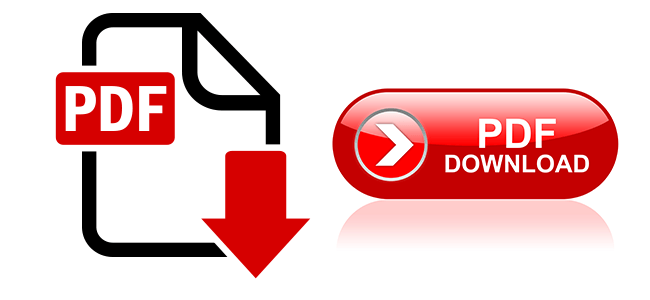
File format is also something to take into consideration when looking at scanning features. Most copiers today come standard with the ability to scan to PDF, TIFF, or JPEG.
Most exchange accounts (business email) limit the file size you can receive to 10 MB. If you scan large, high resolution documents, the file size can quickly exceed 10 MB and the recipient of that file might not be able to receive it.
If this is the case, you want to make sure your next copier has the ability to send compact PDF files. The compact PDF format can compress the file size by up to 60%, allowing recipients to receive larger files and use less storage space.
Searchable PDF format is another important feature. Have you ever tried to search a scanned PDF file and wondered why it doesn’t work? Scanning documents from a standard scanner coverts the file into an image file as opposed to a searchable text file when it's created directly from a Microsoft application.
Searchable PDF applies an OCR (optical character recognition) to the PDF which adds a text layer and allows you to use the standard Adobe Reader “search” function. Scan to word is a helpful feature and uses the same OCR technology. Scan to word allows you to scan a PDF file, convert it into a word document that can not only be searchable but can be edited as well.
Media Type Considerations
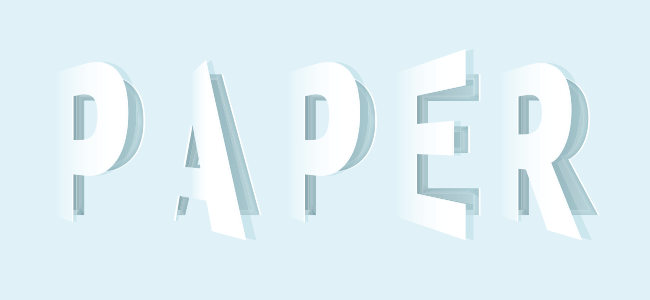
You also want to take into consideration what type of media you're printing. The most common paper size printed on is 8.5” x 11” or A4. Most copiers will print up to legal size or 8.5” x 14”. Another popular paper size is 11” x 17” or A3. The A4 class of copiers are usually a little less expensive so if you don't print on A3 paper size you might want to look into an A4 class copier.
Think about the media weight you require for printing, as well. Heavy media weights (like stock paper) are typically printed from the bypass tray. If you print a large volume of heavy media weights, then you might want to consider a copier that can support it from the standard paper trays.
Hole Punch and Staple Finishers

Hole punch and staple are some other finishing options that may be important. Most people don’t even realize the features exist. Hole punch can be added giving you the ability for a 2-hole punch or 3-hole punch.
Stapling can be added giving you the ability to corner staple and double staple. Some copiers have staple-free stapling which crimps the pages together eliminating the need for staples all together.
Both staple and hole punch can be internal or exterior options. Adding them internally reduces the footprint of the copier and is valuable when space is limited. External finishers should be considered when your print jobs are larger.
Older Technology with a Purpose
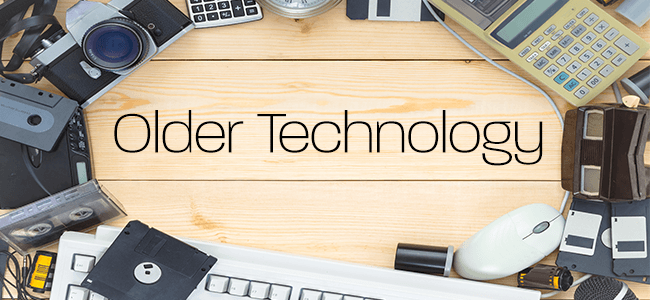
Copiers have been essential components of business technology for over 50 years. Many companies depend on these multifunction devices for their day-to-day operations. However, like all technology, some features that were essential a decade ago are becoming obsolete today for some industries, but not all.
Let’s take faxing for example. Faxing is slow and clunky. It also requires a fax line which means you pay an additional monthly expense to maintain a fax line. Many companies only use fax because they have customers or clients still using this older technology.
If you're in the medical industry you probably still rely heavily on faxing. This is because of government regulations and HIPPA requirements (faxing is the most secure way to transmit documents electronically).
Follow-Me-Printing
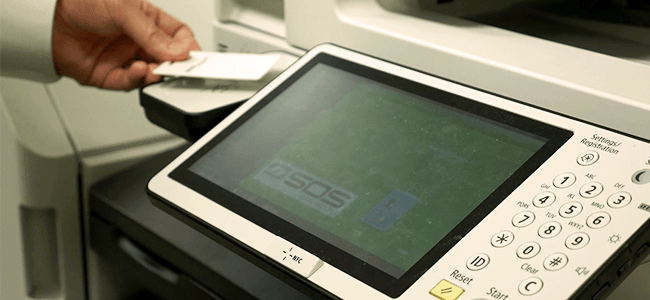
Follow-me-printing has become one of the more popular features in today’s industry. This feature is only necessary when you have 2 or more copiers. The larger your office size and the more copiers you have, the more you should consider this option. Follow me printing makes printing more convenient by increasing security and reducing waste which will ultimately control your monthly printing expense.
How does follow me printing work? When this feature is implemented, you're sending your print job to a shared print queue, instead of a specific copier. Once your job is sent to the queue it's held there until the person that printed it walks up to the copier and releases the job.
All the copiers in your office communicate with the queue so you can release the job from any copier. Follow me printing reduces cost by preventing the releases of print jobs until the user selects the job to print at the copier.
You can effectively eliminate someone wasting time waiting for a copier to come available when every machine already has the information to print the same document.
Think about how many times you see unclaimed print jobs sitting on the copier and the amount of money that is wasted. This features also increases security and prevents documents from falling into the wrong persons hands.
More Features to Consider
There are many other features to consider when looking at options for your copier. Whether you're getting a copier for the first time or upgrading your current copier, make sure you speak with someone knowledgeable.
Manufacturers are upgrading their machines each year based on customer feedback, and yesterday's headaches could be solved with today's technology. Discuss your business needs and make sure to explain your expectations and goals to insure you get the appropriate features.
The features listed above are the most common that we discuss with our clients, but there are still a multitude of features that you may not have realized existed. Reach out to a dealer and discuss the challenges presented to your business.
You might be surprised to discover there is a simple solution within your existing equipment or by receiving an upgrade. A simple email or phone call could make all the difference and turn you into the hero of your office!
Want to Learn More?
How Much Does a Copier Cost?
How Much Does a Printer Really Cost?
What Are Managed Print Services?
Reasons to Purchase New Office Equipment
OR
Posted by Jeff Metzger

Jeff Metzger is a Strategic Account Manager at Standard Office Systems and has been helping businesses with their office technology needs for the past 4 years.

